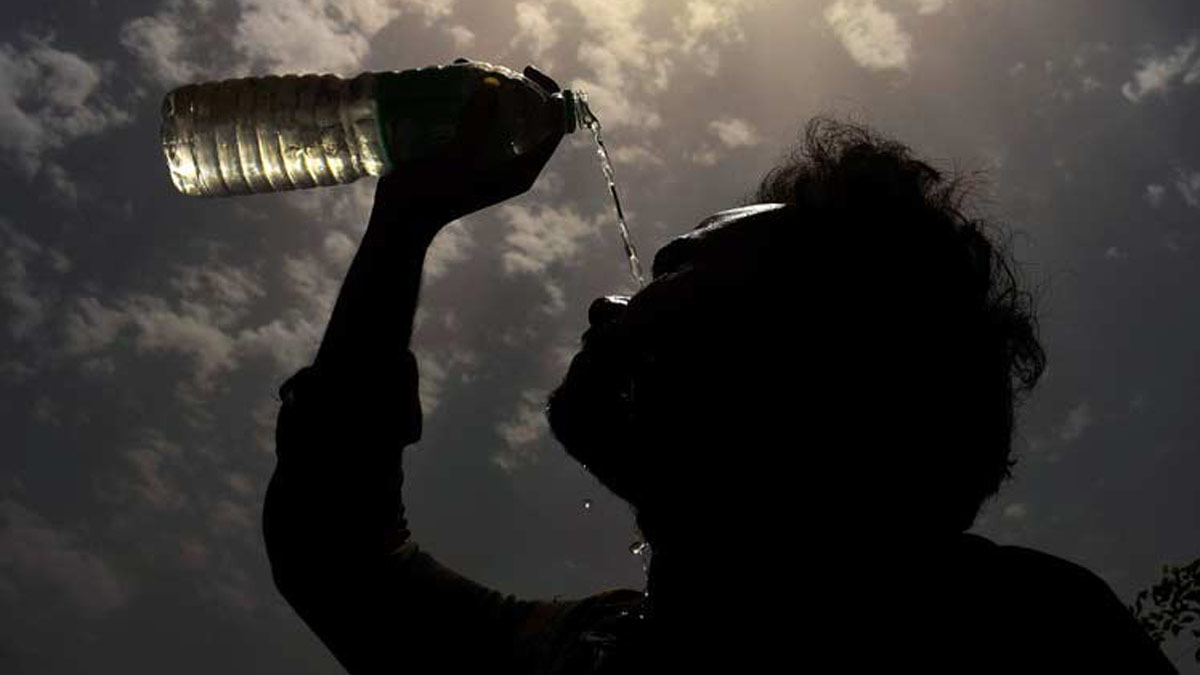Asia heating up at nearly twice the global average. How it’s affecting India
 Representative image
Representative image
Asia is heating up at nearly twice the global average, and the consequences are becoming impossible to ignore. The World Meteorological Organization’s latest report paints a stark picture of a continent under siege from climate change, with 2024 marking either the warmest or second warmest year on record.
Asia’s temperature rose 1.04°C above the 1991-2020 average last year, while the warming trend from 1991-2024 was almost double that of the previous three decades. This is not just a number but is reshaping life across the world’s most populous continent.
The heat has been relentless and record-breaking. Japan, South Korea, and China saw monthly temperature records tumble throughout 2024, with Myanmar hitting a scorching new national record of 48.2°C. But the crisis extends far beyond land temperatures.
Asia’s oceans are also in distress. Sea surface temperatures are rising at 0.24°C per decade—double the global rate—while marine heatwaves gripped a record area in 2024. During August and September, nearly 15 million square kilometres of Asian ocean waters were impacted by these underwater heat domes, an area larger than Russia and 1.5 times the size of China.
The ice is disappearing too. In the High-Mountain Asia region, home to the world’s ‘Third Pole,’ 23 out of 24 monitored glaciers lost mass during 2023-2024. The Urumqi Glacier No.1 in eastern Tian Shan recorded its worst mass loss since measurements began in 1959, threatening long-term water security for millions.
Extreme weather has become the new normal, bringing both floods and droughts. Tropical Cyclone Yagi, the year's strongest storm, devastated multiple countries across Southeast Asia. Central Asia faced its worst flooding in 70 years, forcing 118,000 people from their homes. The UAE saw 259.5 mm of rain in just 24 hours—one of the most extreme precipitation events since 1949.
Yet drought struck simultaneously elsewhere. China’s drought affected nearly 4.8 million people, damaged over 335,000 hectares of crops, and caused more than $400 million in direct losses.
Extreme weather is already exacting an unacceptably high toll, warned WMO Secretary-General Celeste Saulo, emphasising that early warning systems and anticipatory action are more crucial than ever.
India bore particularly brutal scars: over 350 people died in Kerala's Wayanad landslides after 500 mm of rain in 48 hours, intense heatwaves killed more than 450 people, and lightning strikes claimed about 1,300 lives—including 72 people in a single deadly event across five states on July 10.
The urgency for adaptation and mitigation thus has never been clearer.
India